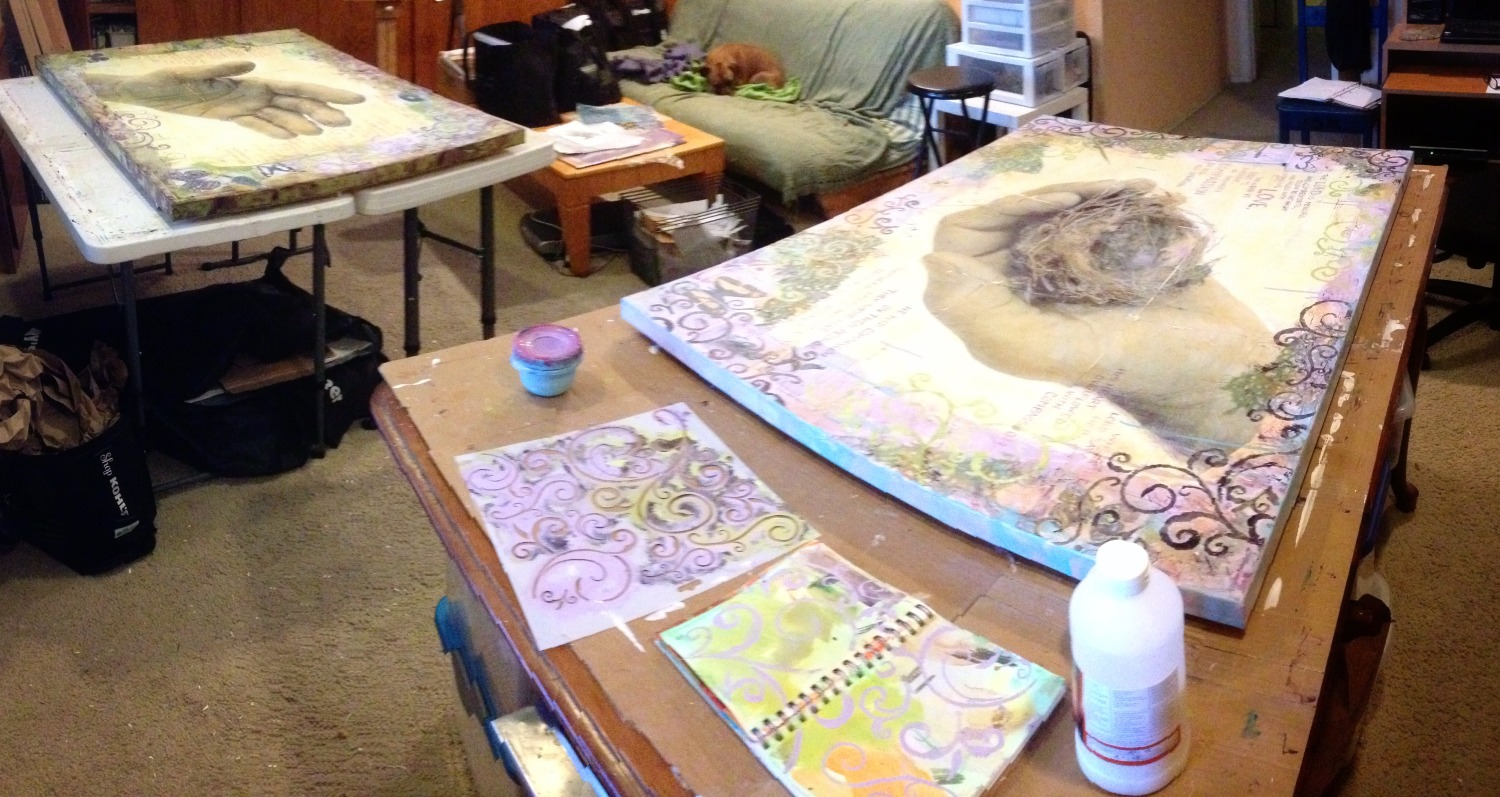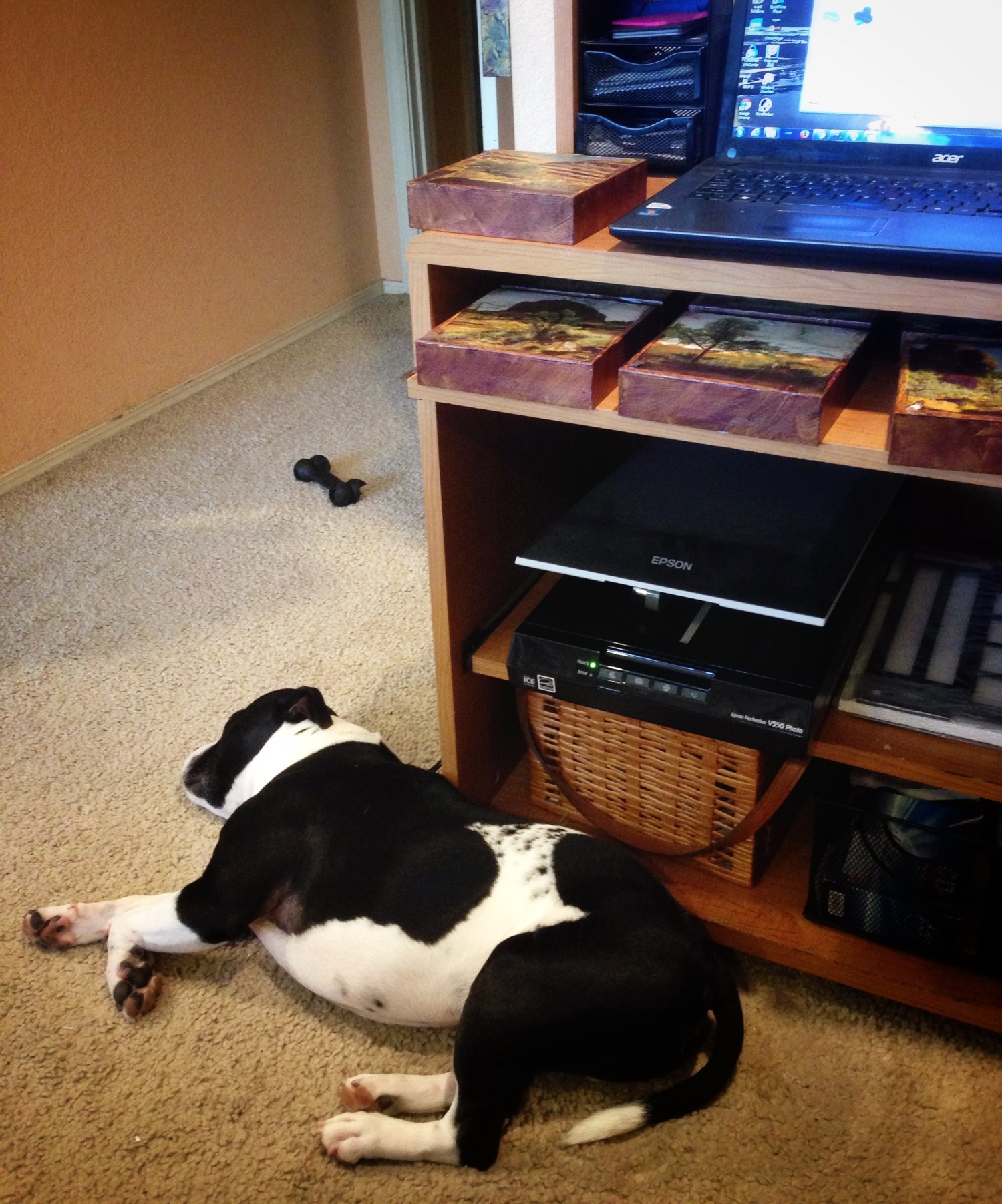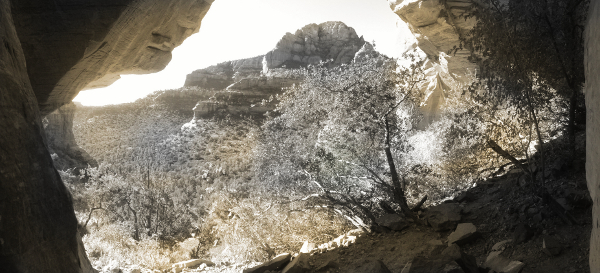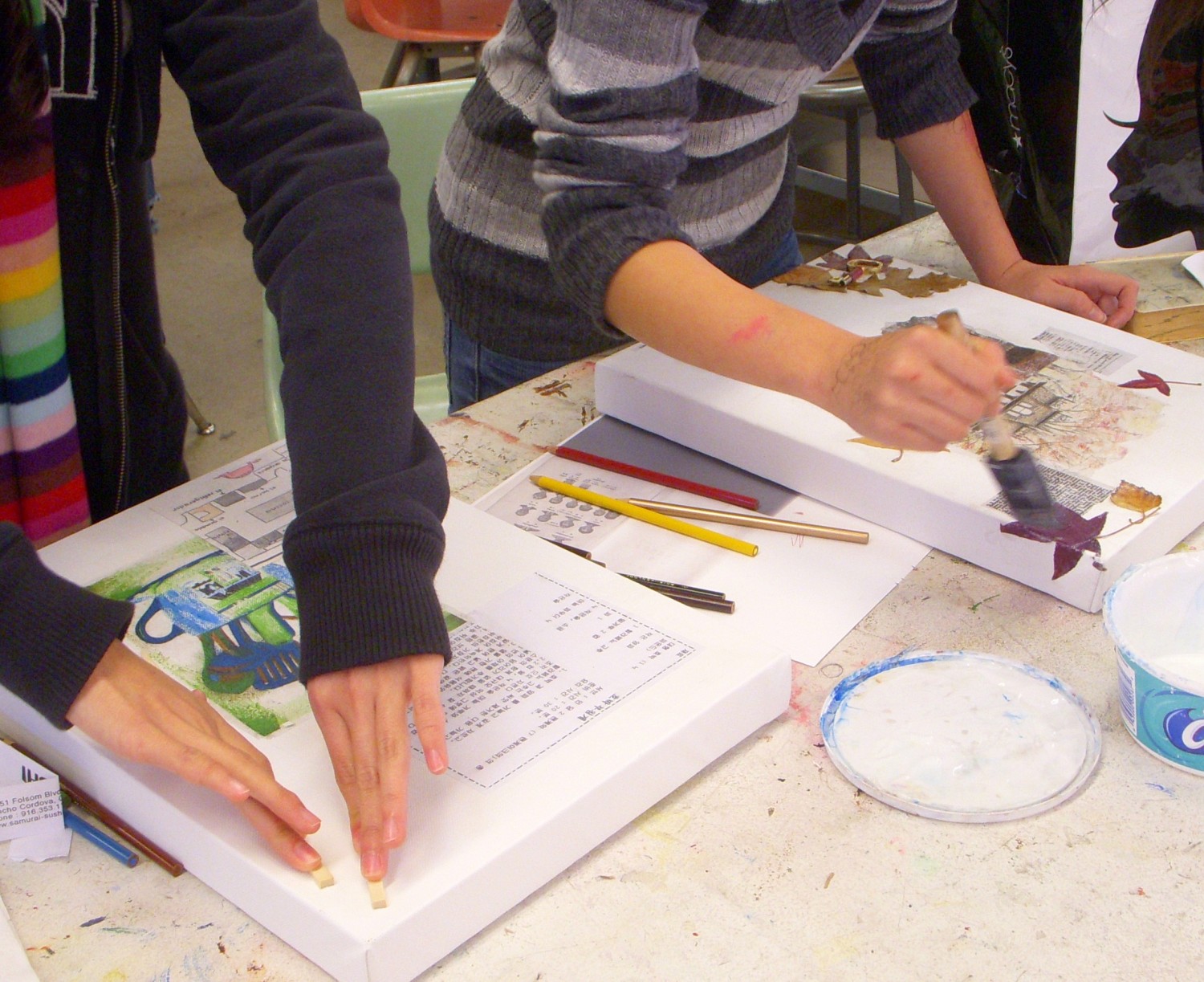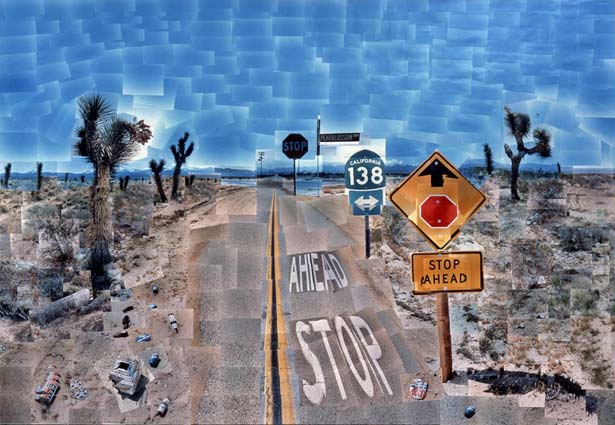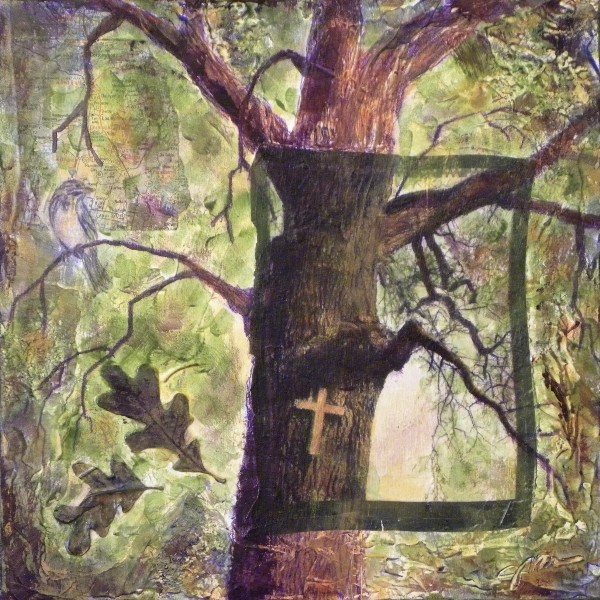This past weekend, I painted on stage during four different church services at Bridgeway Christian Church in Rocklin, California, where I attend every week, barring sickness or vacation. It’s something I do periodically as part of my regular involvement there. I prepare well in advance, studying the Bible passage or passages that will be taught, knowing what the main theme that will be pulled from those passages will be, but interpreting on my own. This time the main theme was the compassion of God, shown through miracles that Jesus performed. In this, as in all my work, I consider the Holy Spirit to be my muse, giving me my visions and ideas.
In this series, I was struck by how Jesus physically demonstrated the compassion of God by reaching out and touching, so I was inspired to use hands to illustrate the compassion of Christ. This then coincided with the pastor’s stories that he shared of how we can be Jesus o others when we reach out and show God’s love to them in tangible ways.
To prepare, I had taken the photographs, using my cooperative husband as a model. I had then printed those images out in nine pieces and transferred the pieces onto the 3×4 foot canvases in my home studio. (As it happened, that process alone took about twelve hours over two days.) I then collected collage materials, including papers, more of my own photographs and pressed and dried seedlings, putting them into separate project envelopes for each piece, and found and wrote out other scriptural references to the compassion of God.
I also brought my collection of stencils along with my regular assortment of paints and brushes. Usually, when I paint in my studio, I use acrylic glazes to create transparency and layers of color, but when I’m painting on stage, I use acrylic airbrush medium to create a similar effect, but one that dries much faster, so is more well suited to faster paced work.
I only had a basic idea of what I would actually do with these artworks, but I have learned to trust that the Spirit will lead and to not get anxious about it, but just to go with it as it happens. I also allow myself to touch up and make minor adjustments or additions in the studio afterwards if I feel it makes the work stronger. That’s also when I finish the edges, varnish, and put on hanging hardware so the pieces can be hung before the next weekend. I hung these works in Bridgeway’s community hall today, where they will stay until the next set of live paintings are created and rotated in.
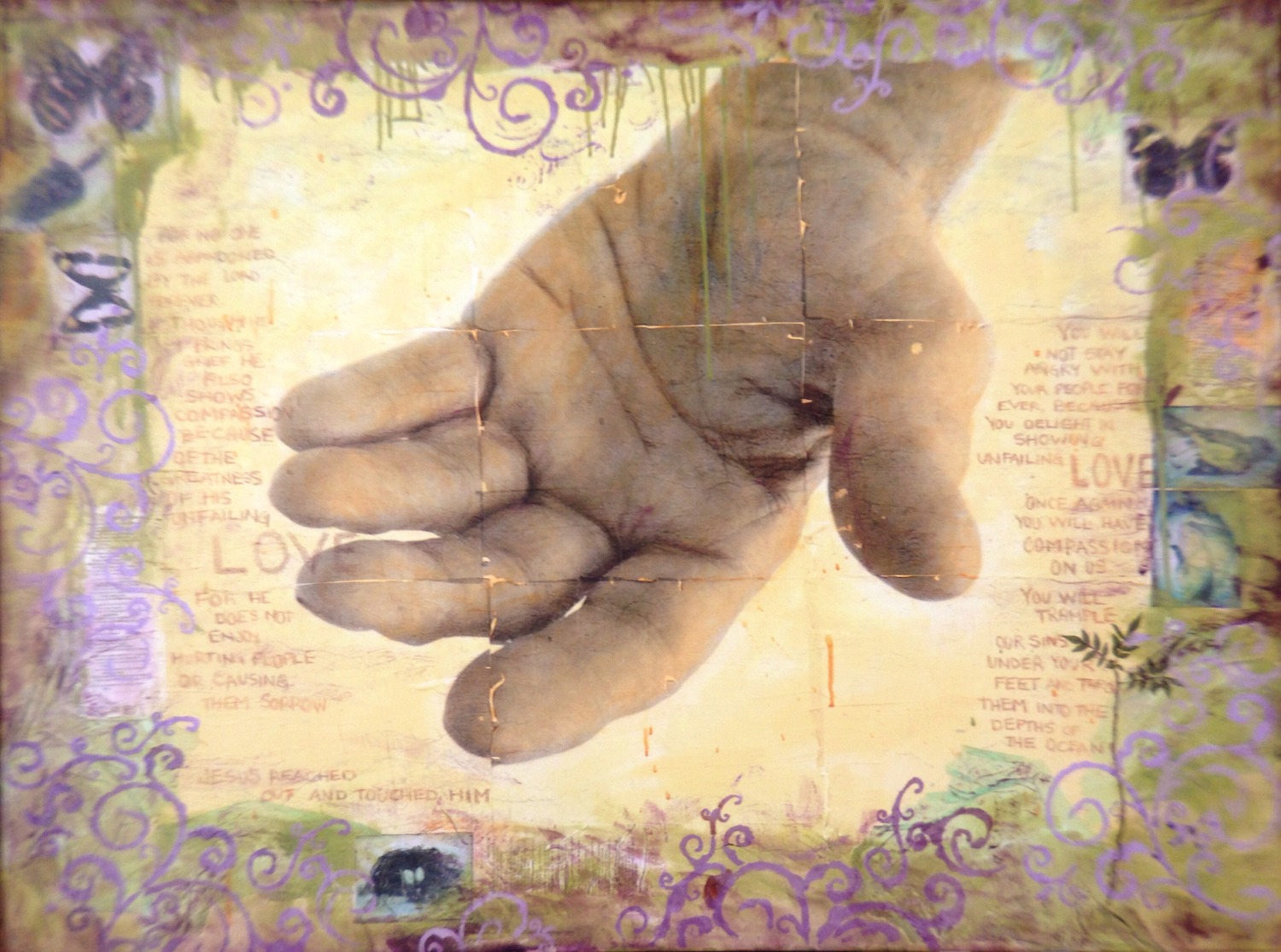
Reaching
“Jesus reached out and touched him…” Matthew 8:3
(Additional passages citing God’s compassion come from Lamentations 3:31-33 and Micah 7:18-19)
Photo transfers, collage, acrylic, wax pastel and pressed seedling on canvas
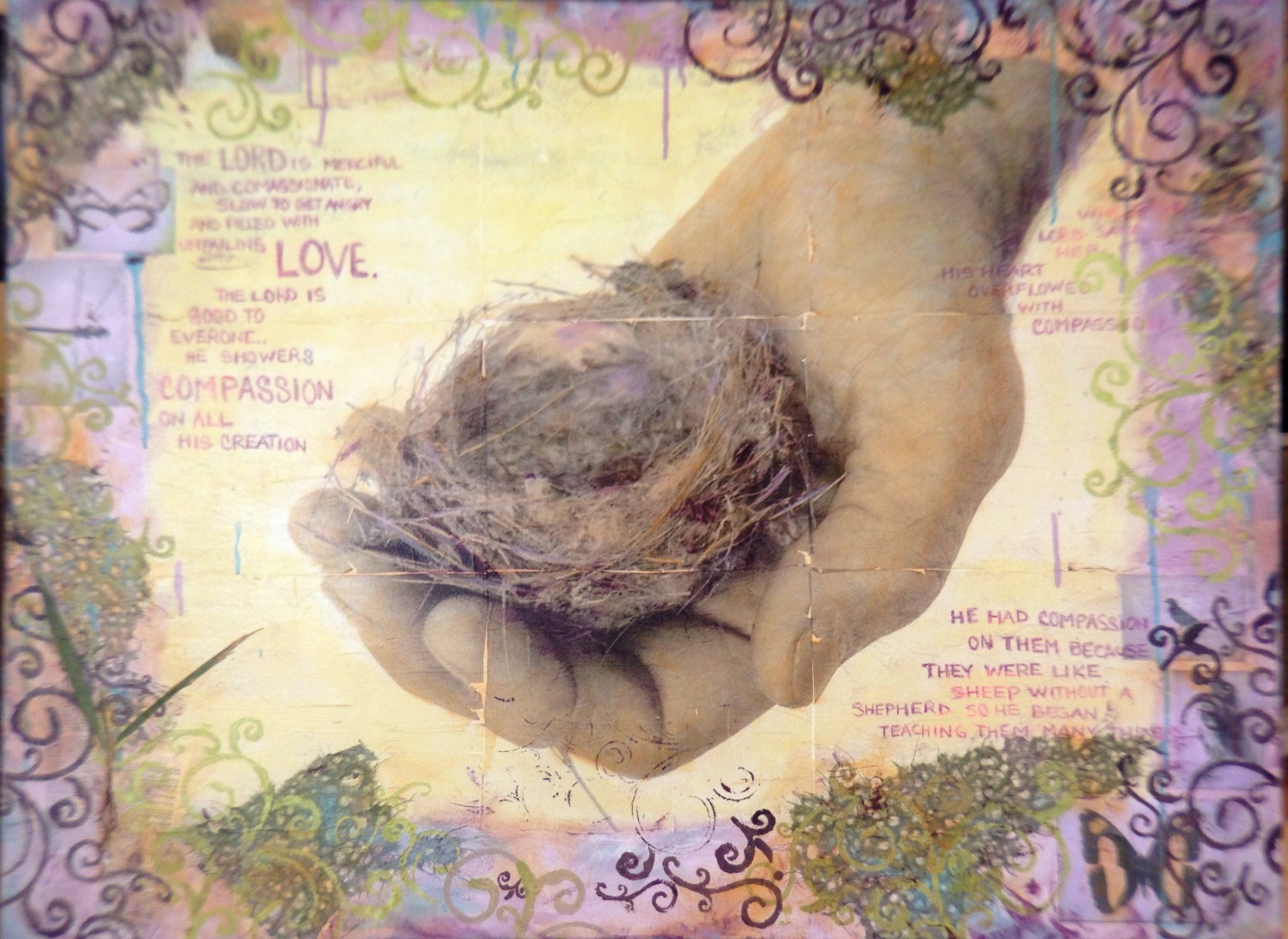
Compassion
“When the Lord saw her, his heart overflowed with compassion…” Luke 7:13
(Additional passages citing God’s compassion come from Psalm 145:8-9 and Mark 6:34)
Photo transfers, collage, acrylic, wax pastel and pressed seedling on canvas

Transformed
“Moved with compassion, Jesus reached out and touched him…” Mark 1:41
(Additional passages citing God’s compassion come from Isaiah 49:13 and Joel 2:13)
Photo transfers, collage, acrylic, wax pastel and pressed seedling on canvas
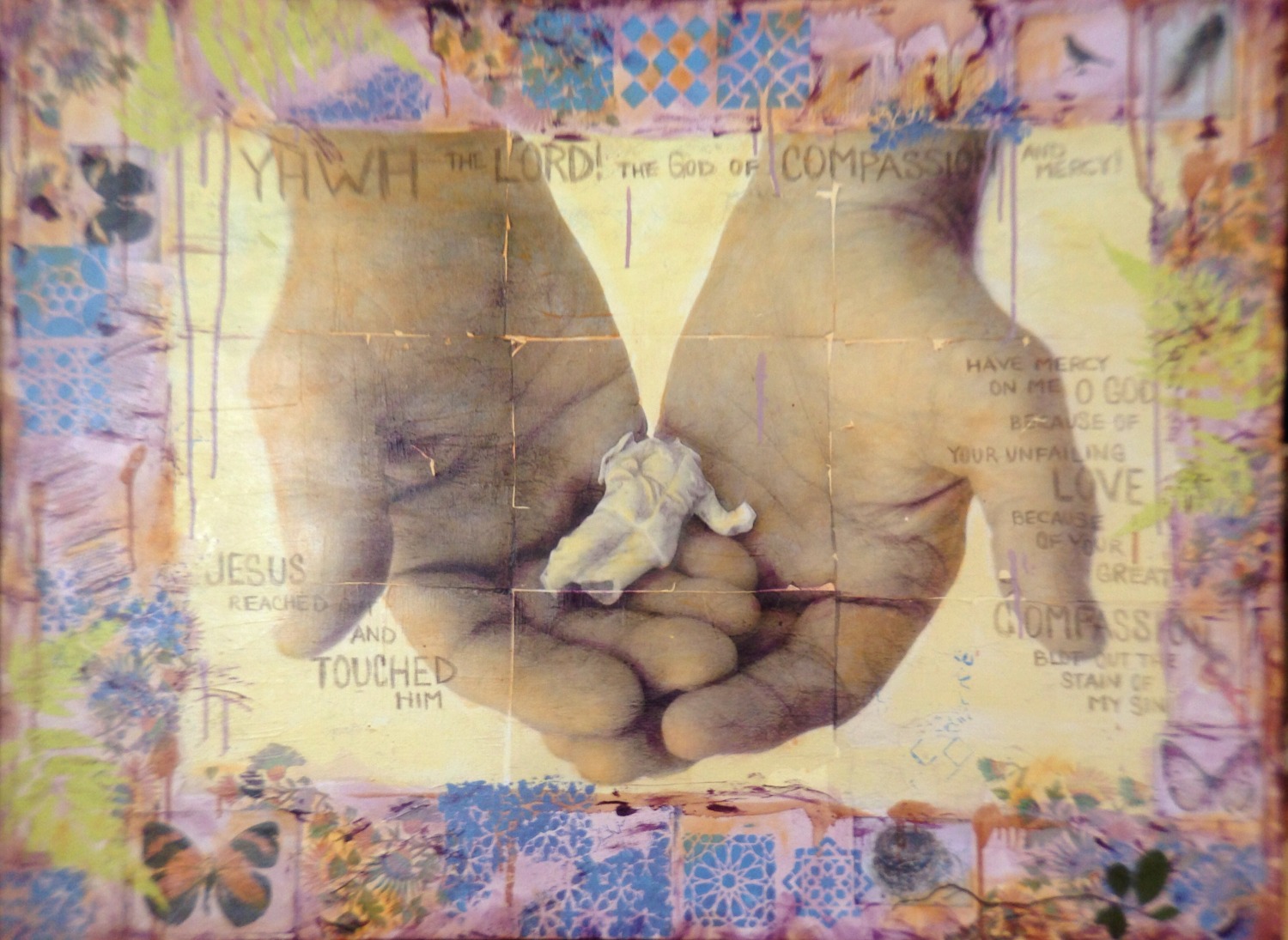
Mercy
“Jesus reached out and touched him…” Luke 5:13
(Additional passages citing God’s compassion come from Exodus 34:6 and Psalm 51:1)
Photo transfers, collage, acrylic, wax pastel and pressed seedling on canvas
Proceeds benefit Bridgeway Christian Church programs. Contact Rachel Clark at rachel@bridgewaychristianchurch.org for purchase details.
Leave a Comment